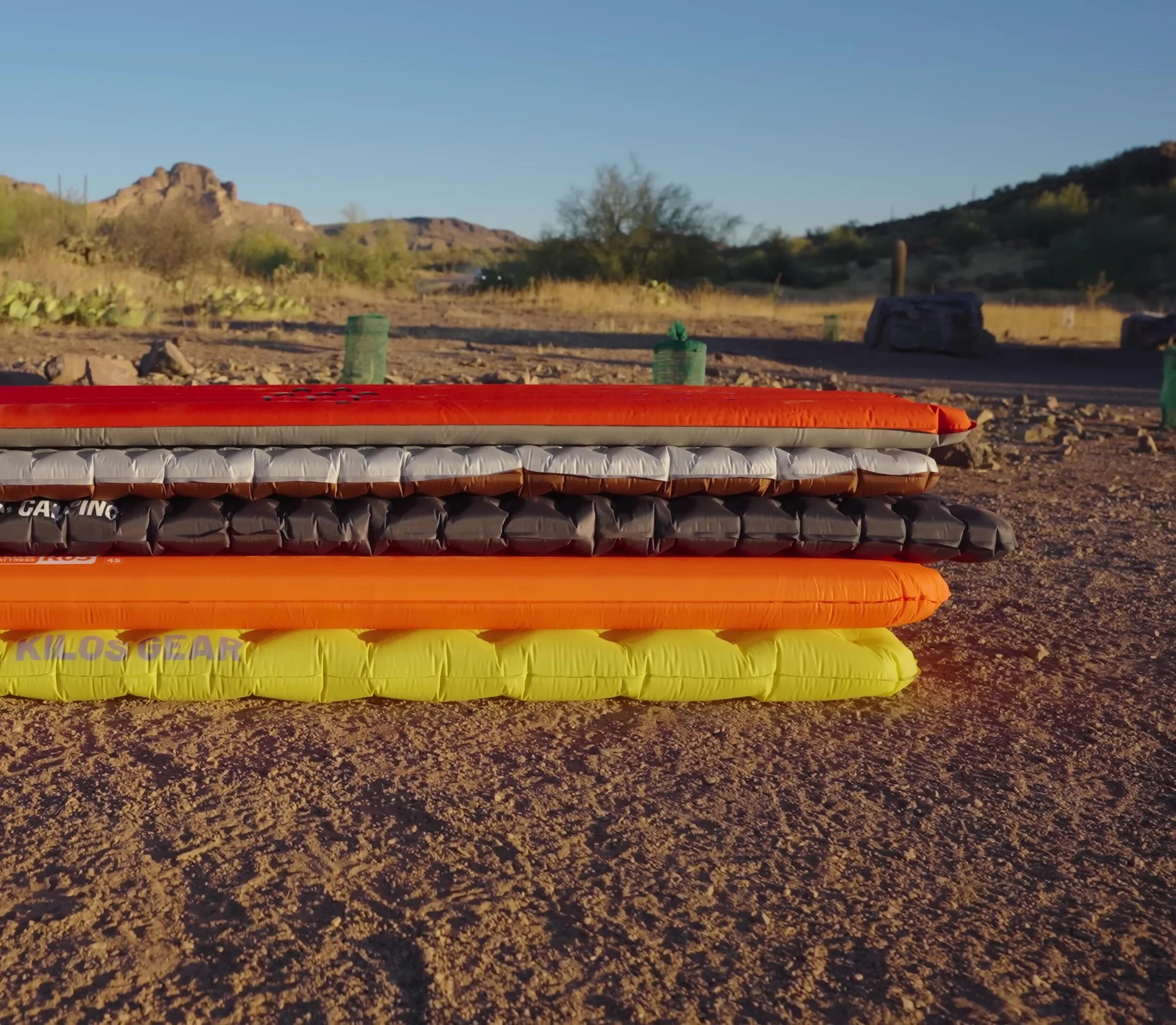Finding a comfortable and warm sleeping pad on a budget can feel like an impossible quest. Many budget options sacrifice either warmth or comfort, leaving you shivering or sore in the morning. This review cuts through the marketing hype to assess five sleeping pads priced under $100, rigorously testing their performance in freezing temperatures. We subjected each pad to a series of tests designed to simulate real-world camping conditions, evaluating both their warmth retention and comfort levels in various sleeping positions. Our testing methodology ensured a fair comparison, using consistent insulation layers and a standardized testing duration.The results reveal a fascinating range of performance, with some surprising standouts and notable shortcomings. No single pad emerged as a perfect winner, highlighting the inevitable trade-offs involved in budget-friendly gear. This review will help you identify the best sleeping pad for your needs and budget, weighing the benefits of superior warmth against the comfort priorities of side sleepers, and ultimately guiding you towards the best value option for your next cold-weather adventure.
Pros And Cons
- Most comfortable pad, good pressure relief
- Quite thick
- Starts feeling cold around freezing
- Very comfortable
- Surprisingly warm (until freezing temperatures)
- Vertical baffles good for side sleepers
- Starts to feel cold at freezing temperatures
- Toasty warm due to suspended mylar film
- Warmest pad of the five
- Dimpled baffles are small and don't offer as much pressure relief as others
- Too thin for some people; bottoming out possible
- Comfort on par with Nature Hike, but for different reasons
- Good thickness
- Cold right away due to lack of insulation
- Pressure relief not as good as others
Read more: Top 5 Square Camping Tables for Your Next Adventure
Testing Methodology: Freezing Temperatures and 30-Minute Trials
To determine if a budget-friendly sleeping pad could provide warmth and comfort comparable to high-end options, I tested five pads under $100. The testing involved inflating each pad to 90% capacity and lying on it for 30 minutes in freezing temperatures.

I used a 20°F down quilt and Alpha direct base layers for consistent insulation. The 30-minute duration allows the pad to warm up adequately in cold conditions.

Comfort was assessed in back and side positions, while warmth was primarily evaluated while lying on my back. Top two performing pads based on initial testing underwent an overnight side-by-side comparison.
Pad Reviews: FlexTail R5 and Decathlon MT500 Insulated
The FlexTail R5 offered excellent comfort, particularly for side sleepers due to its vertical baffles. While surprisingly warm initially, it lacked insulation in the side baffles, resulting in significant cold transfer at freezing temperatures.
The Decathlon MT500 Insulated, though less expensive, proved significantly thinner, leading to discomfort when shifting positions. The heat-press baffle system contributed to cold spots, making it unsuitable for freezing temperatures.
Its vertical baffles were less comfortable than the FlexTail's due to a stiffer, grittier material. I felt I was bottoming out on the Decathlon pad even at my weight (180lbs).
Pad Reviews: Naturehike R5, OneTigris Obsidian, and Klymit Static V
The Naturehike R5 impressed with its warmth, thanks to suspended mylar film, making it the warmest pad tested by a significant margin. However, its dimpled baffles, while comfortable, were quite small and didn't offer much give, making it slightly less comfortable than other dimpled options.
The OneTigris Obsidian provided the best comfort due to thick, dimpled baffles and excellent pressure relief. While initially warm, it started to feel cold near freezing temperatures.
The Klymit Static V lacked insulation, resulting in cold temperatures throughout the testing period. While its thickness offered some comfort, it didn’t compare to the other pads in warmth or pressure relief.
Overnight Comparison and Conclusion: The Verdict on Budget Sleeping Pads
Due to unforeseen high winds, the overnight comparison was conducted in my car. Even with open windows, the Naturehike and OneTigris pads were still evaluated.

The Naturehike R5 consistently performed exceptionally well in warmth. Although the OneTigris Obsidian initially offered superior comfort, its warmth wasn't as impressive as expected for its weight.
Ultimately, no single pad emerged as a clear winner. Each presented compromises in either warmth, comfort, or weight. The Naturehike offers excellent warmth and decent comfort at a low price, while the OneTigris prioritizes comfort, although it compromises on warmth at lower temperatures.
